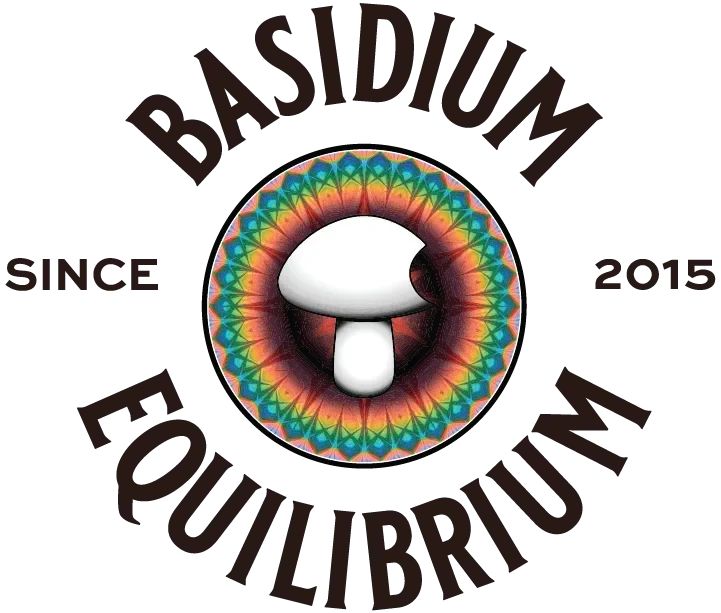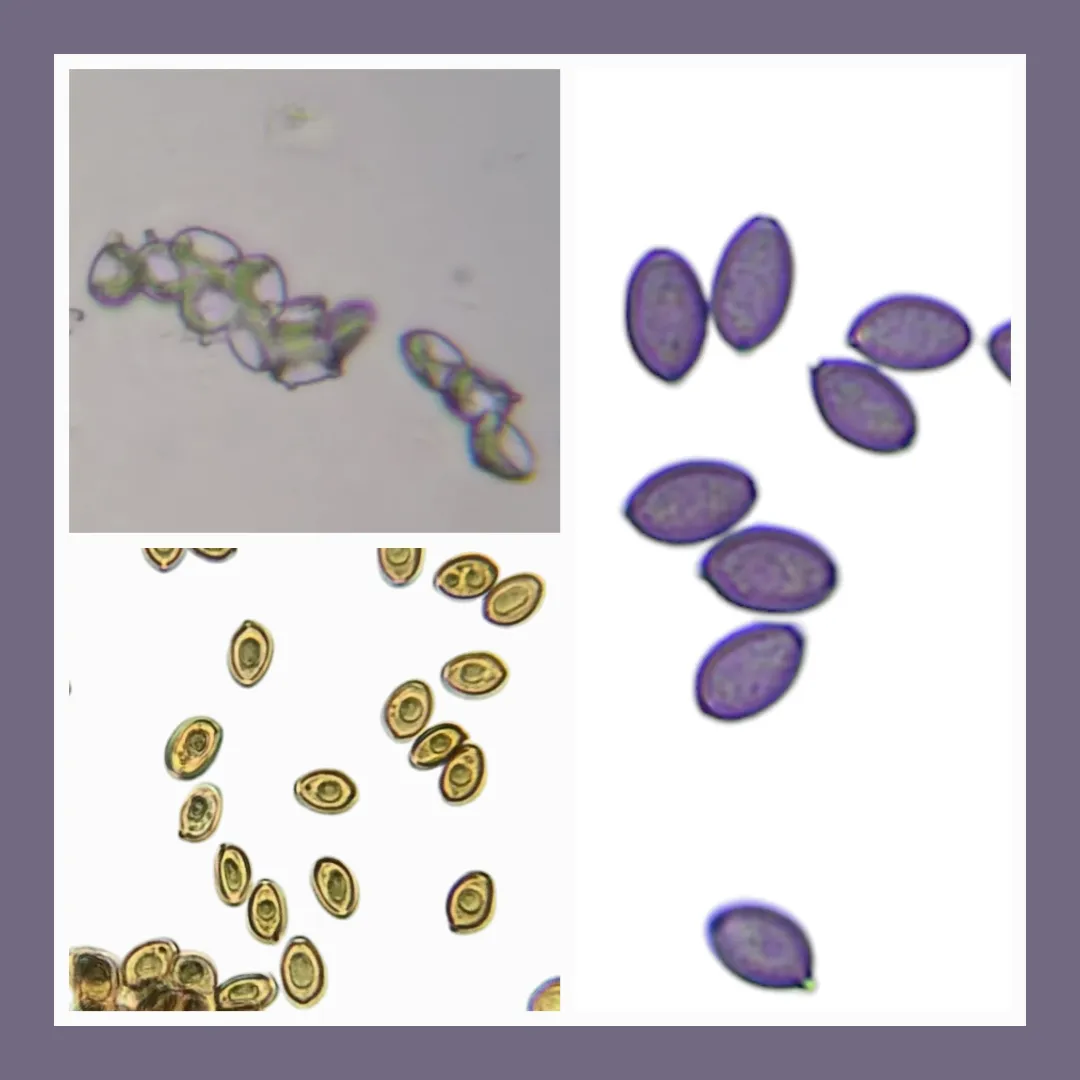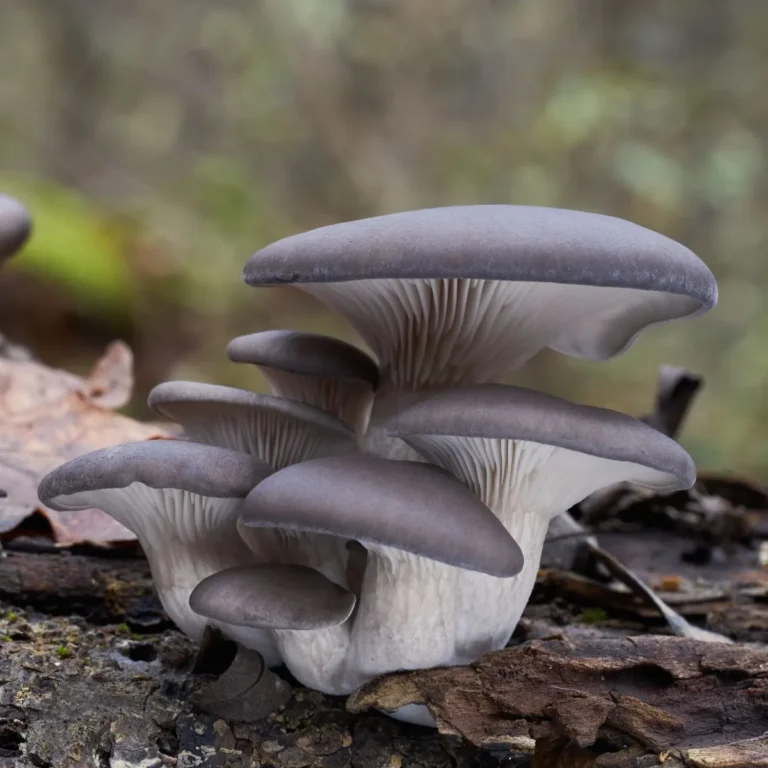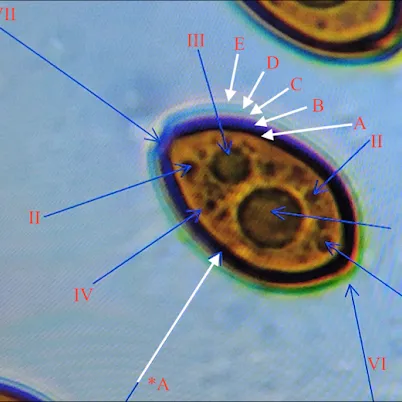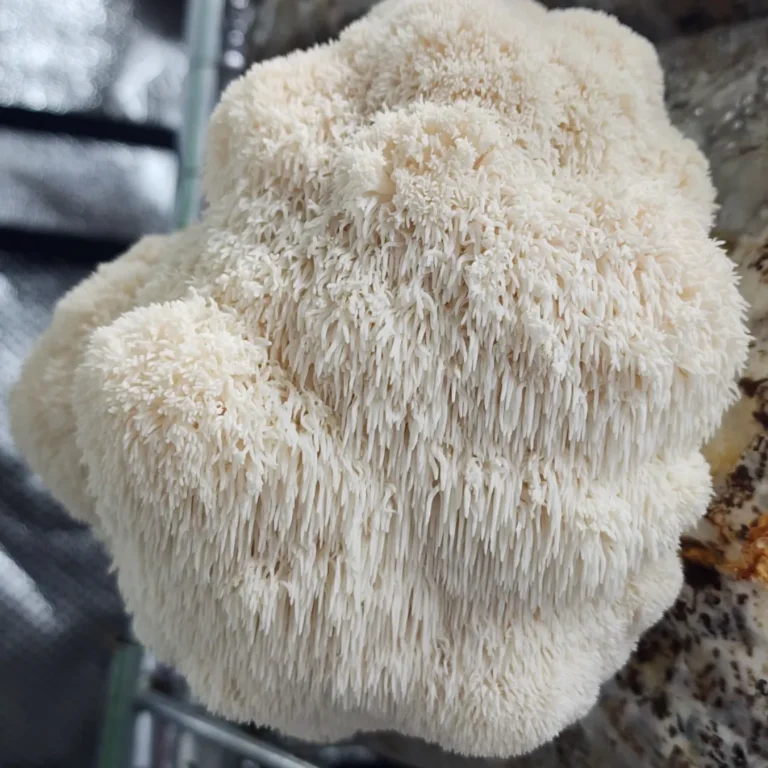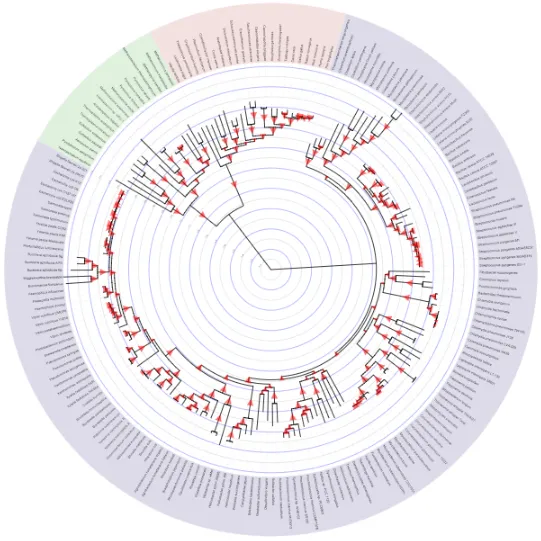Discover Different Colored Psilocybe Cubensis Spores
A Window Into Fungal Diversity
For enthusiasts and researchers, Psilocybe cubensis spores offer a fascinating glimpse into the genetic diversity and complexity of mushrooms. These spores, primarily studied under the microscope, come from one of the most widely recognized species of psychoactive fungi.
Understanding their different forms and traits not only enriches a collector’s knowledge but also advances the scientific study of fungal genetics. Each spore represents a snapshot of evolution, carrying with it a story of inheritance, adaptation, and selective expression.
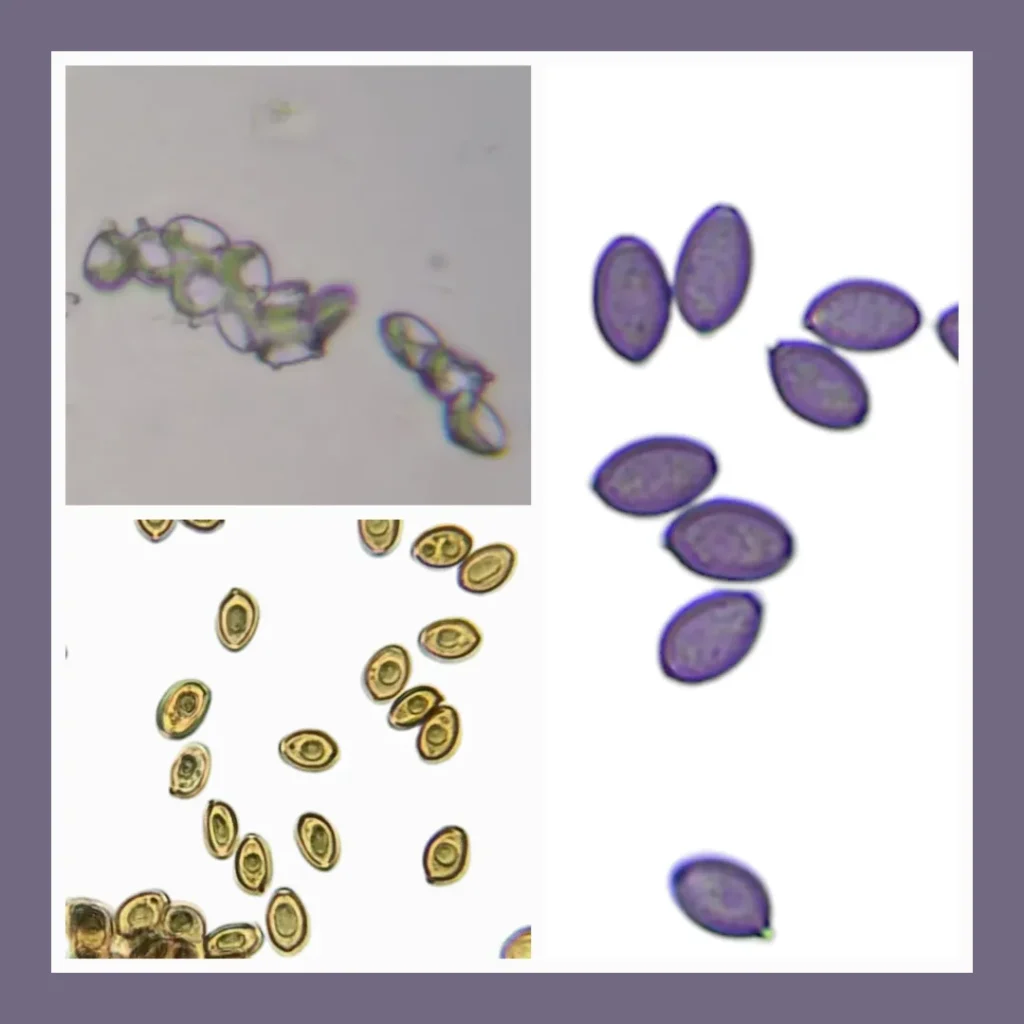
Domestication and Genetic Selection
Over the last several decades, Psilocybe cubensis has been extensively domesticated. This domestication mirrors practices seen in plant and animal breeding, where selective pressures are applied to preserve or amplify desired traits.
The “standard” cubensis is known for its golden-brown cap, thick white stem, and purplish-brown spore print. Yet mycologists and hobbyists have worked with countless generations of this mushroom, deliberately saving genetics that display unusual features. The result has been the emergence of visually striking variants that, while genetically part of the same species, showcase remarkable differences in color, morphology, and inheritance.
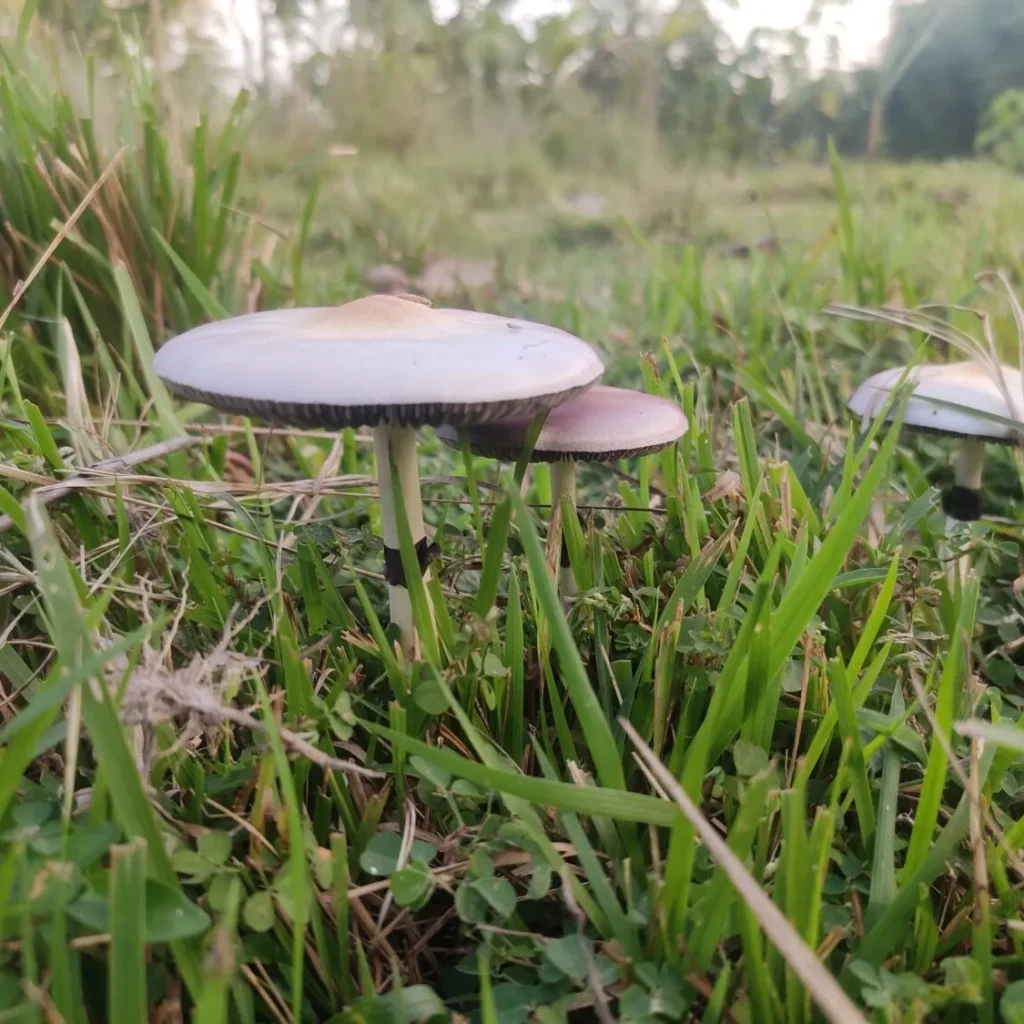
Leucistic Variants: Partial Pigment Loss
Among the most well-known variants are leucistic forms. Leucism causes a partial loss of pigmentation, producing mushrooms that appear ghostly white to cream-colored. Unlike true albinos, leucistic mushrooms still produce spores with their typical purplish-brown coloration.
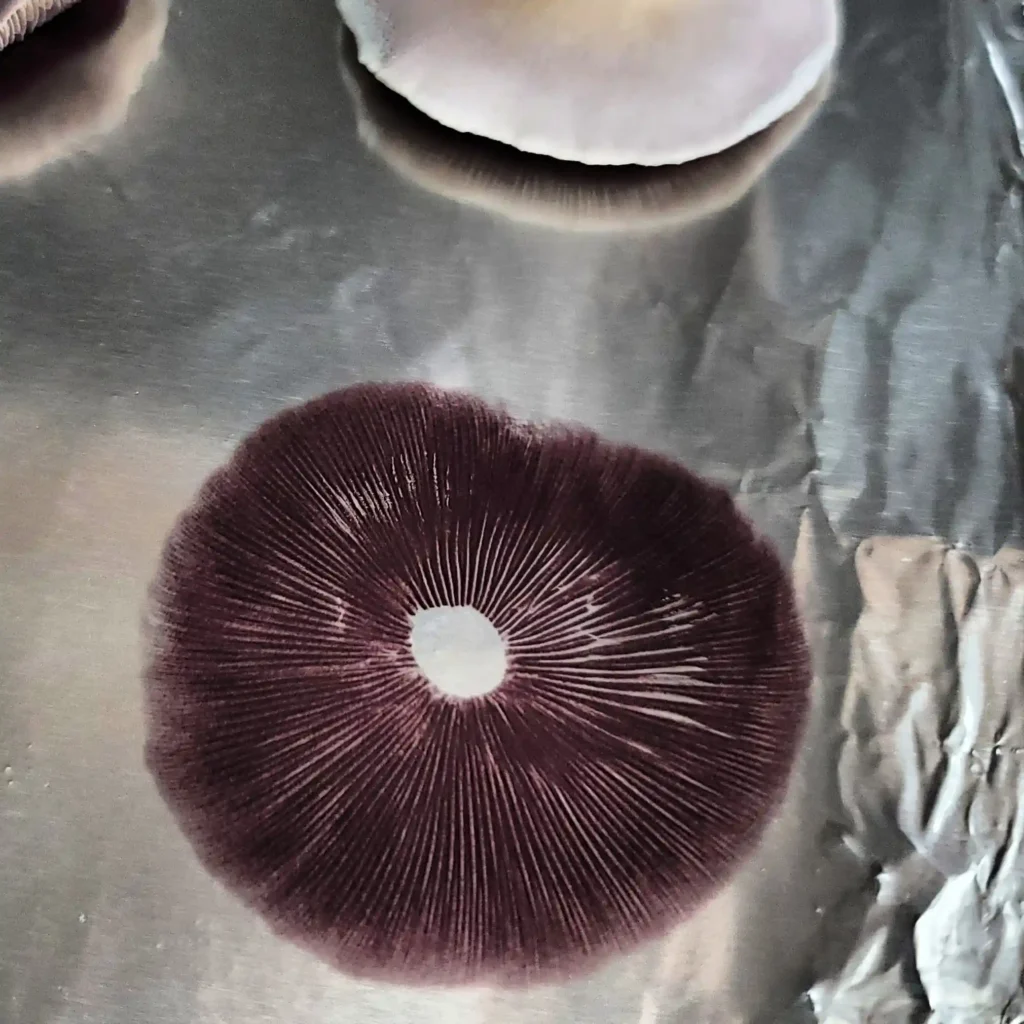
- Appearance: Caps and stems range from snow white to soft beige.
- Spores: Remain purplish-brown under the microscope.
- Value: Highly sought after for their aesthetic qualities and as teaching specimens in genetics.
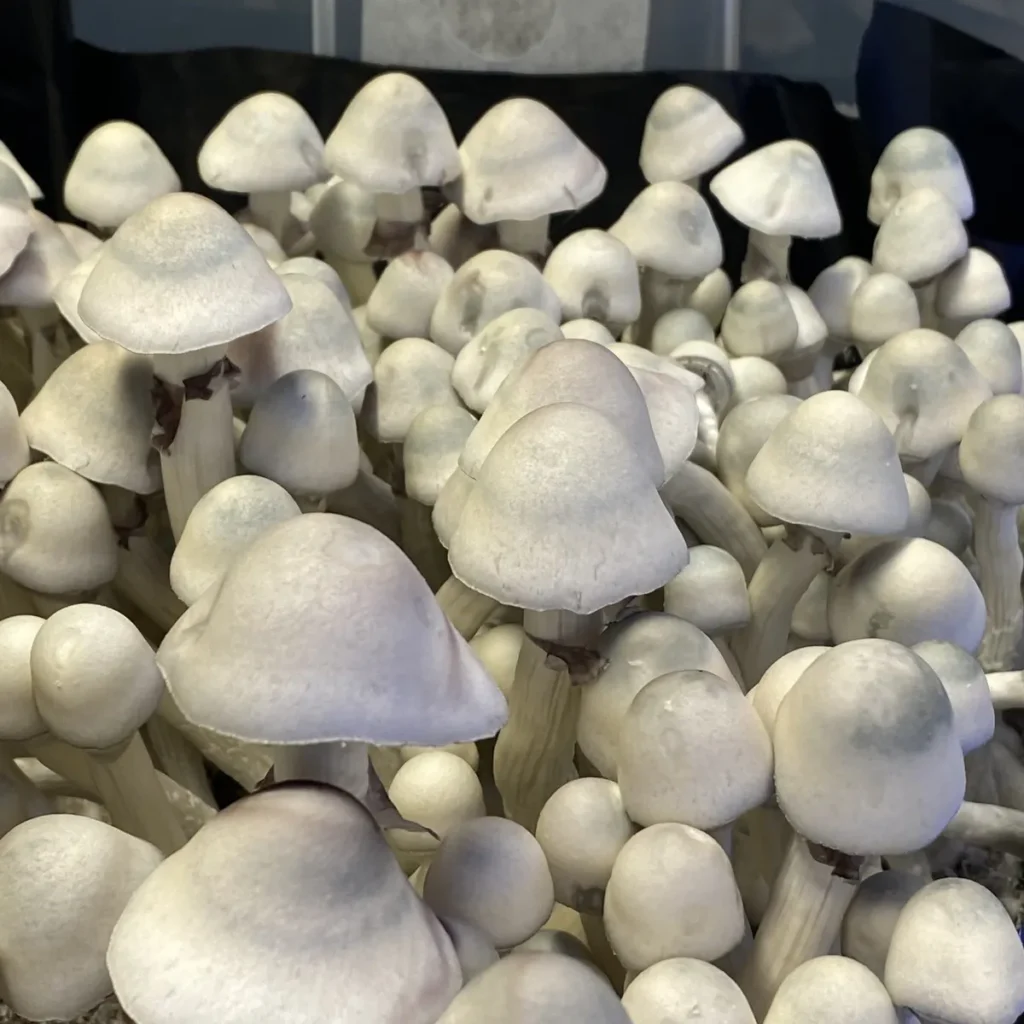
These variants illustrate how a simple genetic mutation can create dramatic visual diversity without altering the underlying reproductive structures.
Albino Variants: True Absence of Pigment
True albino strains are rarer and more genetically distinct. Unlike leucistic variants, albino Psilocybe cubensiscompletely lack pigment in both their fruiting bodies and their spores.
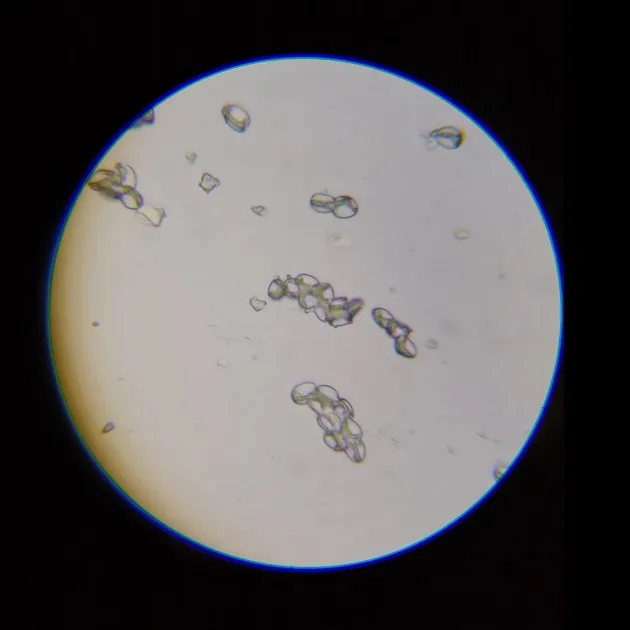
- Appearance: Bright white caps and stems, often with a translucent quality.
- Spores: Nearly transparent, making them unique among cubensis varieties.
- Inheritance: The albino trait is stable and can be reliably passed down when isolated.
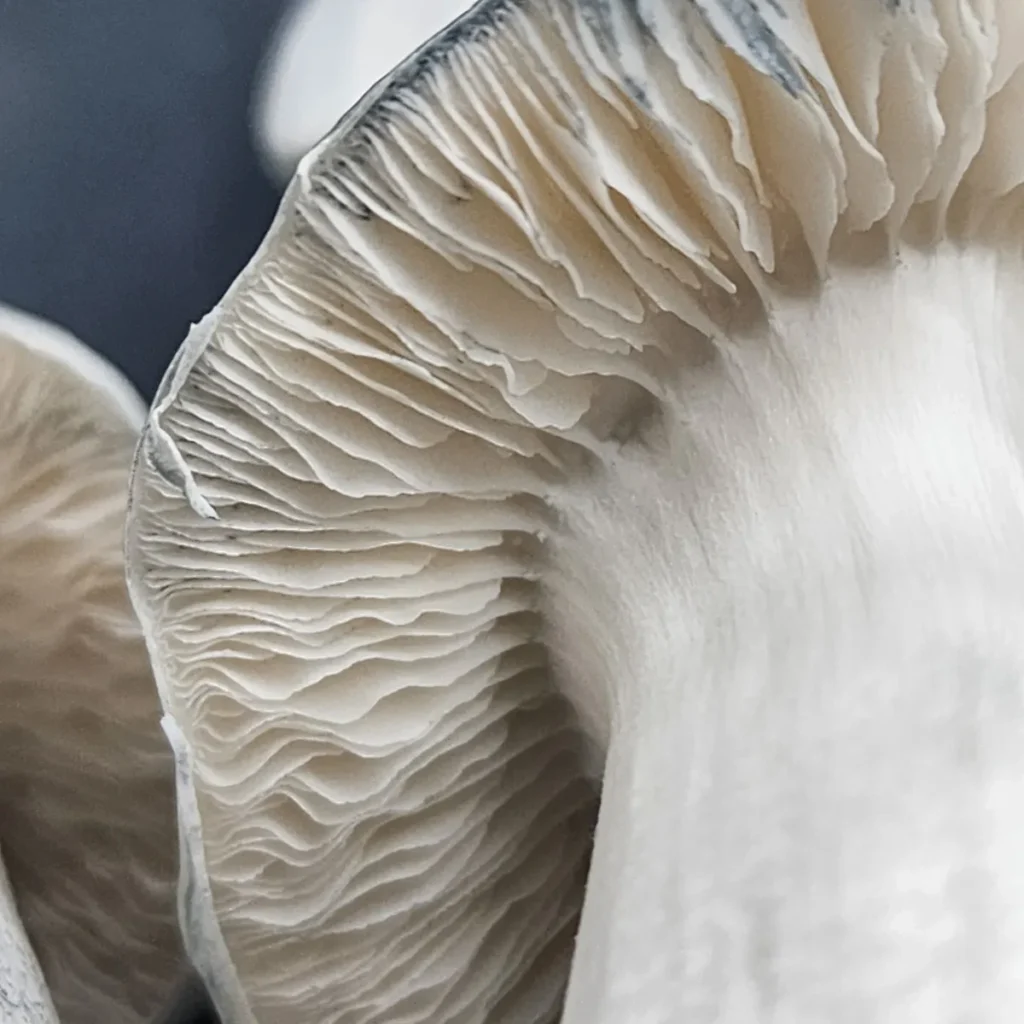
Because of their distinct look and reproducible genetics, albino strains are prized not only for research but also for collectors who appreciate their rarity and purity.
Microscopy and the Study of Spores
Spore study under the microscope is essential for anyone serious about understanding these variations. While all basidiomycete spores are technically translucent, their pigmentation can differ depending on strain and variant. Under magnification, subtle distinctions in color, texture, and morphology become visible.
- Standard cubensis spores: Purplish-brown and opaque in spore prints.
- Leucistic spores: Identical in shape and pigmentation to standard spores.
- Albino spores: Transparent and delicate, often harder to view in standard preparations.
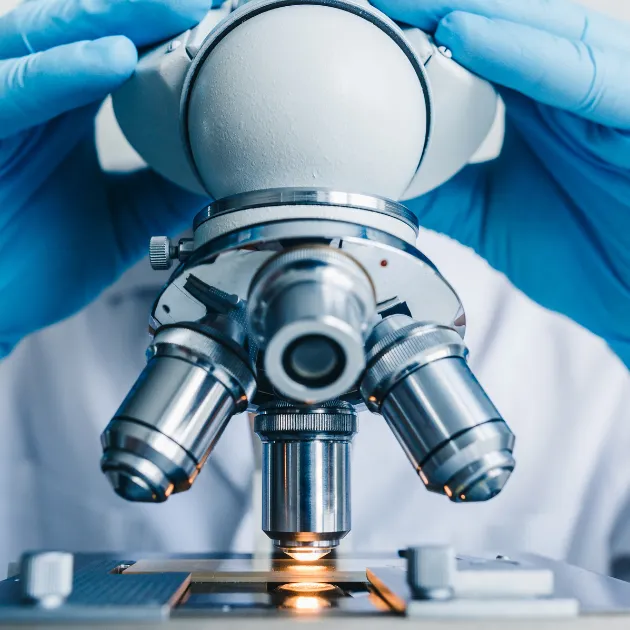
These differences, though subtle, highlight the importance of microscopy as a tool for cataloging and confirming genetic traits. For researchers, these studies also provide insight into fungal development and the mechanisms that regulate pigmentation.
The Role of Spore Collections
Building a spore collection is more than just acquiring slides or prints—it is about preserving fungal history and diversity. Each variant represents countless hours of careful isolation, selection, and observation. By studying these spores, mycologists contribute to a broader understanding of fungal biology while also keeping track of emerging traits within domesticated populations.
For collectors, spores are more than curiosities. They are educational resources, windows into the unseen genetic machinery that governs the fungal world. Whether one studies the ornate structure of an albino spore or compares it with its pigmented relatives, each examination reinforces the incredible complexity of fungi.
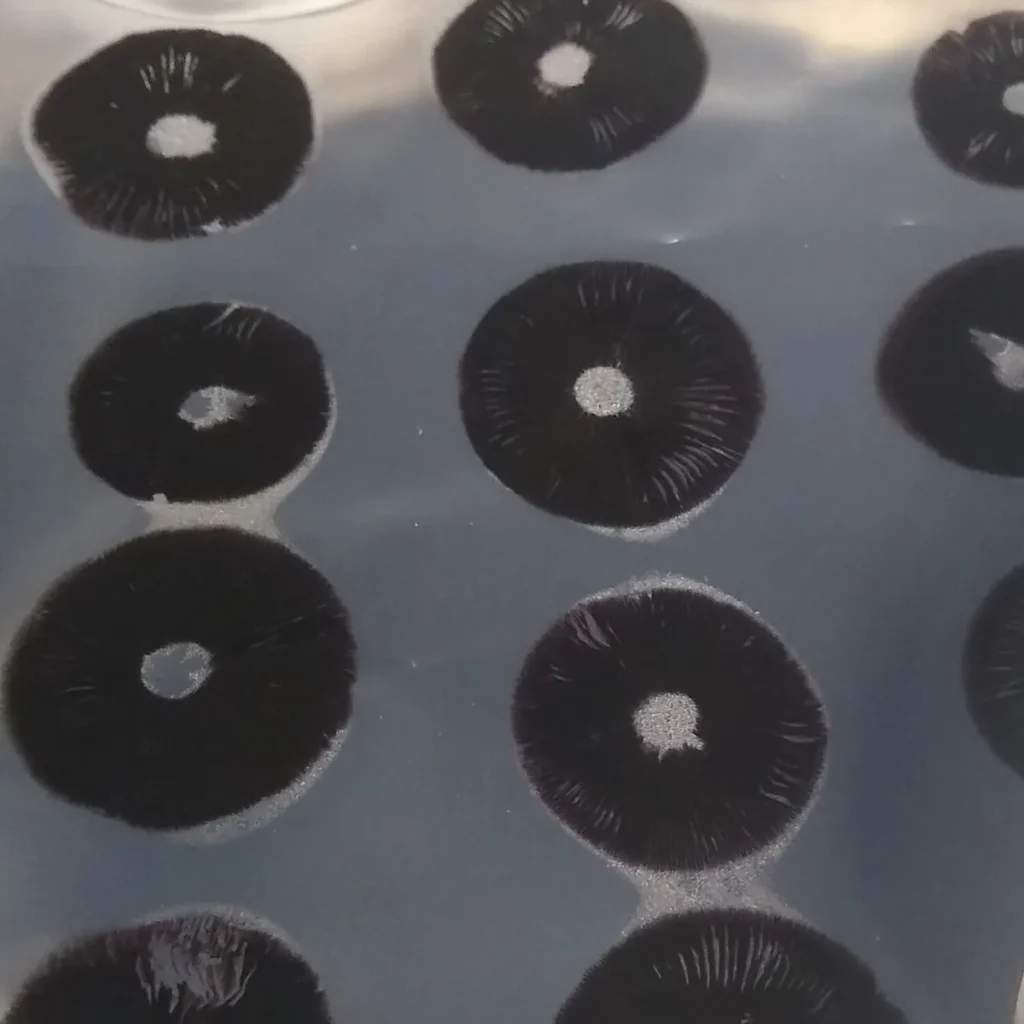
A World of Discovery Awaits
For seasoned mycologists and curious newcomers alike, Psilocybe cubensis spores represent endless opportunities for discovery. They embody the tension between uniformity and variation, stability and mutation. Each spore, whether dark or transparent, carries forward the legacy of fungal evolution.
The study of spores reminds us that mycology is a science of patience and detail. What may appear as small flecks of dust on a slide holds within it the story of an entire organism. With every variant studied, new questions arise: Why did this mutation occur? How is it inherited? What ecological advantage might it hold?
By diving deeper into these questions, we not only sharpen our understanding of fungi but also honor the incredible diversity that nature continually creates.
